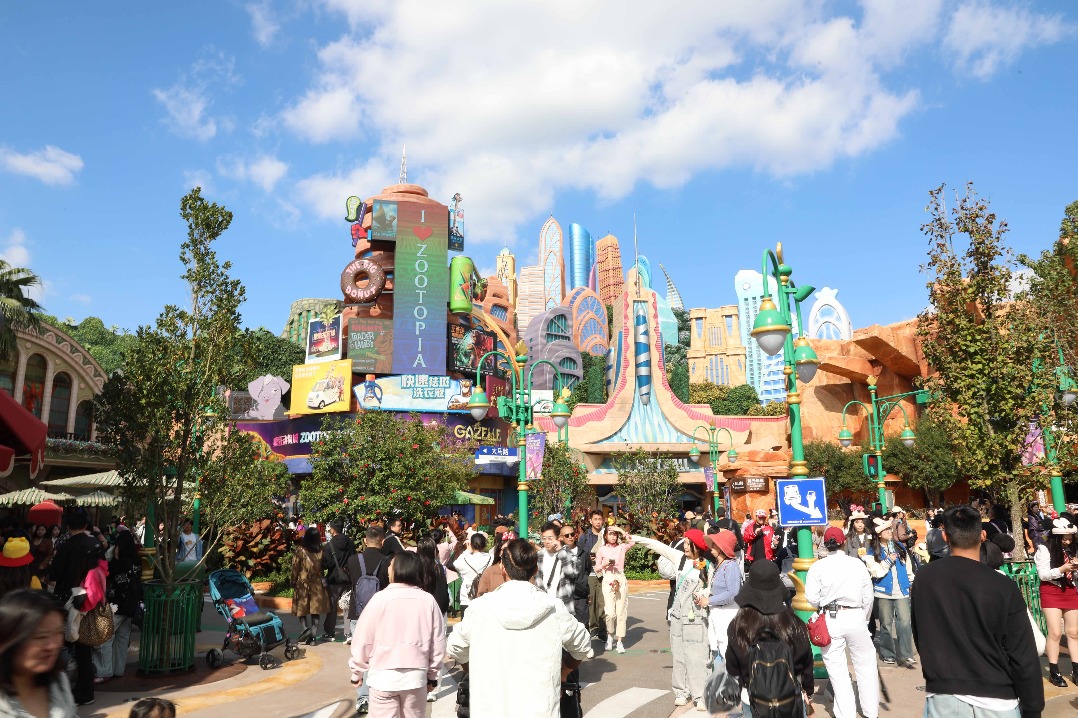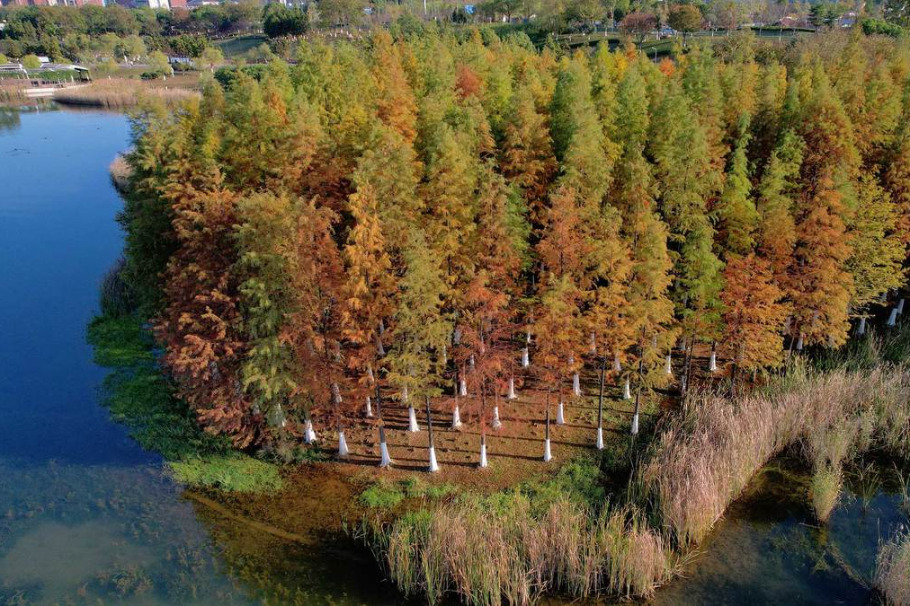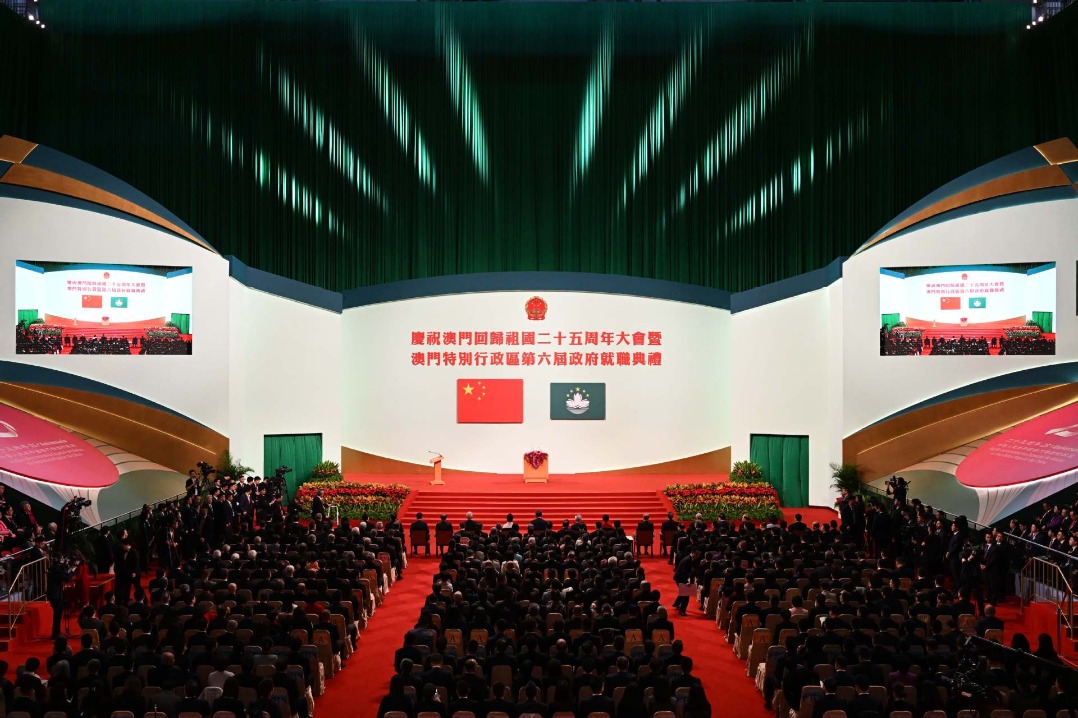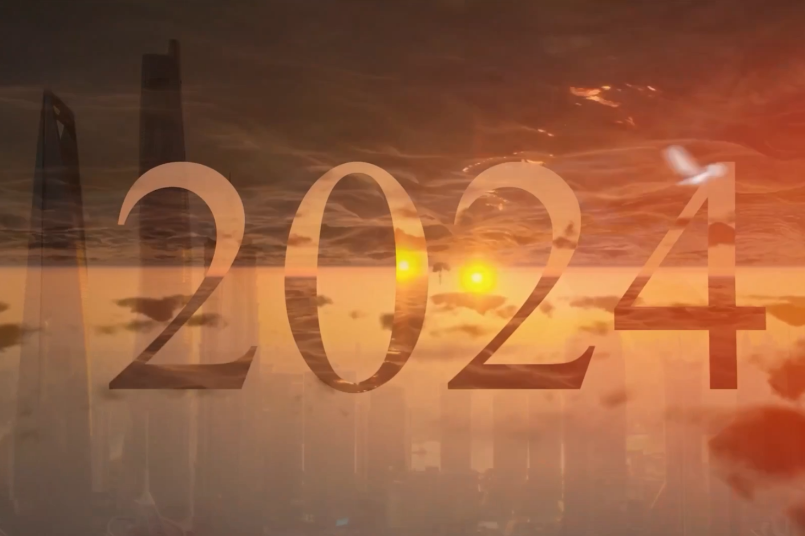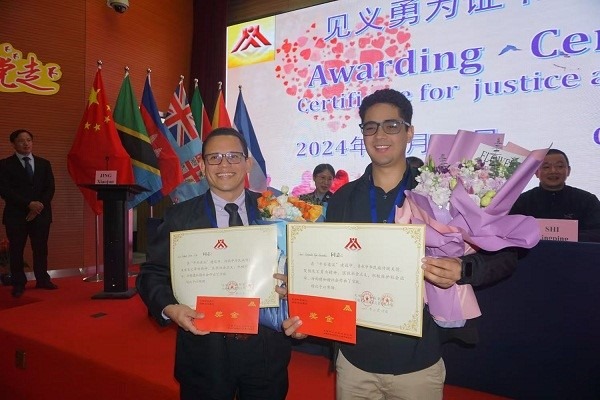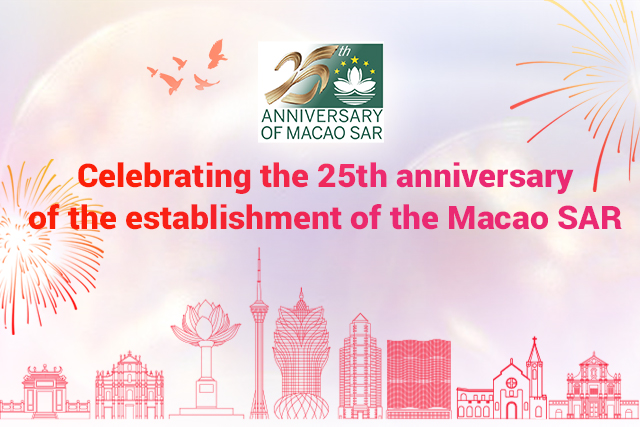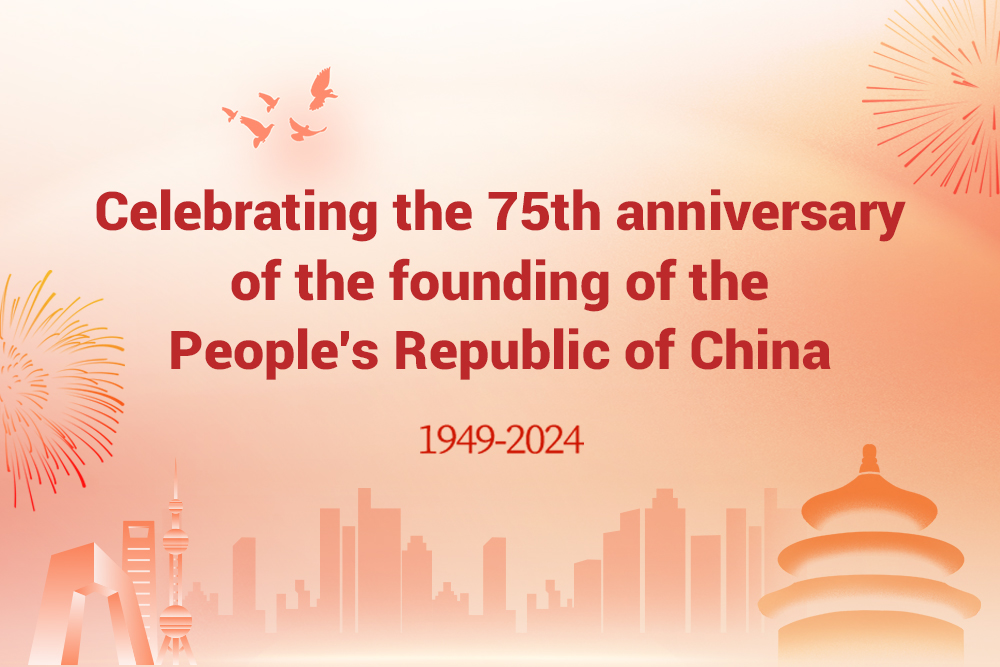Explainer: Understanding inclusiveness of Chinese civilization

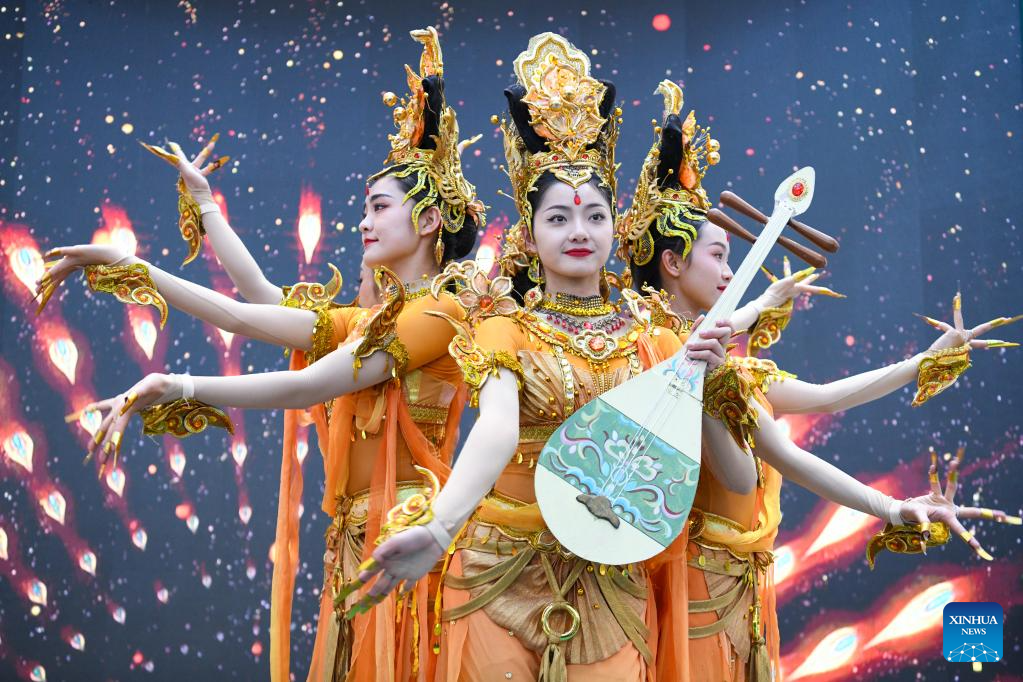
BEIJING -- At a meeting on cultural inheritance and development last Friday, President Xi Jinping called for efforts to build a modern Chinese civilization, emphasizing inclusiveness as one of the five prominent features of Chinese civilization besides continuity, innovativeness, unity, and peaceful nature.
"Chinese civilization is inclusive, which fundamentally determines the historical orientation of the Chinese nation featuring exchanges and integration, the harmonious coexistence of diverse religious beliefs in China, and the openness of Chinese culture to world civilizations," said Xi, also general secretary of the Communist Party of China Central Committee and chairman of the Central Military Commission.
Over thousands of years of ethnic integration, China has developed into a united multiethnic country with harmonious relationships between 56 diverse but closely interwoven ethnic groups.
Exchanges and interactions between different ethnic groups are a vivid embodiment of the inclusiveness of Chinese civilization and a means by which contemporary Chinese civilization has become what it is today.
At Shanxi Museum in Taiyuan, the capital of north China's Shanxi Province, one of the iconic items on display is a terra-cotta figurine featuring a nomadic traveler seated on a camel chewing on pancake.
The figurine was unearthed from a tomb dating back to the Sui Dynasty (581-618). The tomb owner is believed to be an official of nomadic descent, his family assimilating into the central plains of China -- also known as Zhongyuan -- over several generations.
Zhang Qingjie, a researcher at the Shanxi institute of archaeology, believes the figurine reflects trade and exchanges between people from the central plain area and other ethnic groups. "Traveling merchants brought goods and life customs from different places, which later gradually integrated into local people's lives and became part of Chinese culture," Zhang said.
Over the past decades, archaeologists have explored various cultural relics as evidence of ethnic integration across China. In 2022, Xi visited the Museum of the Xinjiang Uygur Autonomous Region during an inspection tour. He was impressed by the collections that demonstrate close exchanges between different ethnic groups in the region in ancient times.
"Chinese civilization is extensive and profound, has a long history stretching back to antiquity, and is composed of outstanding cultures of all its ethnic groups," Xi said at the exhibition hall.
"Our country is a unified multiethnic country, with the Chinese people of all ethnic groups united in diversity being a salient feature," Xi said during the tour.
Also, Chinese indigenous religious beliefs and those that came from overseas have coexisted peacefully over the course of the nation's history. It was the outstanding affinity and cohesion of the Chinese civilization that brought about its outstanding inclusiveness and openness, and ultimately contributed to the harmonious coexistence of religions.
Moreover, the Chinese civilization was formed through the process of exchanges and mutual learning with other civilizations. The ancient Silk Road linking the East and the West served as a carrier for the exchanges between Chinese civilization and other Eurasian civilizations.
In May, the China-Central Asia Summit was held in Xi'an, the capital of Northwest China's Shaanxi province. Known as Chang'an in ancient times, Xi'an is an important cradle of Chinese civilization and also the starting point of the ancient Silk Road on the eastern end.
"With their joint endeavor of hundreds of years, Chinese and Central Asian peoples made the Silk Road expand and prosper, a historic contribution to the interaction, integration, enrichment and development of world civilizations," Xi said in a speech at the summit, stressing the need to strengthen dialogue between civilizations to promote China-Central Asia cooperation.
From ancient times to the present, the Chinese civilization has been constantly exchanging with other civilizations and thus stayed vigorous all along.
At the CPC in Dialogue with World Political Parties High-level Meeting held in March, Xi stressed the significance of the respect for diversity of civilizations and put forward the Global Civilization Initiative.
"Countries need to uphold the principles of equality, mutual learning, dialogue and inclusiveness among civilizations, and let cultural exchanges transcend estrangement, mutual learning transcend clashes, and coexistence transcend feelings of superiority," Xi said in a keynote speech at the meeting.
In February, the Center of Chinese and Greek Ancient Civilizations was inaugurated in Athens. In a letter replying to several Greek scholars, Xi said that civilizations are the rich accumulation of historical exploration and also an underlying guide to the survival and development of nations.
In order to promote the development of human society and jointly build a community with a shared future for mankind, we must deeply understand and grasp the age-old origins and rich contents of different civilizations and let the essence of all civilizations benefit the present generation and all mankind, Xi said.
- Sister cities help boost Sino-Brazilian ties
- China's scientific journals see increase in academic influence
- China's first mental health care home opens in Shanghai
- The life of Three Gorges resettlers
- Shanghai Disneyland's Zootopia land celebrates first anniversary
- Index highlights China's health development in 2024
















